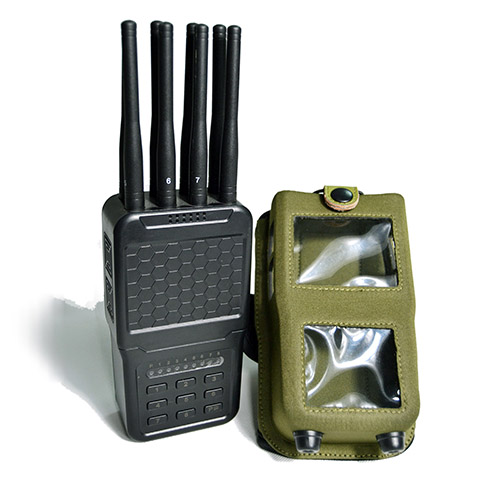Most hobbyists think their drone is a great tool – much less dangerous than a hammer and much more fun.
But there are times when we wonder about the drone’s dark potential. What could it be doing in the wrong hands? However, from a sense of good citizenship, it is unlikely that most drone users would share these thoughts publicly.
Feel free to vent because the U.S. Army Association has voiced your worst fears.
A new report suggests that the increasing use of drones to pollinate plants shows that they can deliver chemical or biological warfare agents (CBW) alike. Additionally, software that allows multiple drones to swarm and coordinate is likely to encourage the spread of these toxins.
Pranks or fake murders?
Lt. Col. Claude A. Lambert, a strategic planner with the U.S. Army Materiel Command, points out some worrying incidents where drones could have wreaked havoc:
At a rally in 2013, a drone crashed harmlessly near Chancellor Angela Merkel
Authorities found a drone potentially contaminated with radioactive cesium on the roof of the Japanese Prime Minister’s office in 2015
I’ll add a newer one: A drone caused a seven-minute hiatus from a Chicago Cubs game last month when it landed on Wrigley Field.
Depending on your point of view, these are either funny japes or mock assassinations. Military must take the darkest view of human nature. Therefore, Lt. Col. Lambert is calling for a national US strategy to detect and identify drone threats. However, he doesn’t have any easy solutions.
“There is no such thing as a ‘magic bullet’ to counter a … threat,” he writes. “Not a single comprehensive material solution will completely eliminate the (drone) problem. Kinetic methods, signal hijacking, radio frequency interference and directed energy are areas that can be explored in order to defeat (drones) in a practical and inexpensive way. ”

He says in July 2019 the U.S. Marine Corps successfully deployed a new portable jammer to jam an Iranian drone in the Strait of Hormuz. But this was a military on alert in a conflict zone. Domestically, the FAA registers around 1,700,000 drones in the United States. Nobody knows how many are not registered. Lt. Col. Lambert believes the military and law enforcement must work closely with academia and industry to counter the threat posed by deadly drones.
Preventing the weapon from drones
He also wants the international community to stop trading chemicals that could arm drones.
Lieutenant Colonel Lambert points out another possible weakness in the drone shield. The U.S. military has minimized its chemical and biological training in recent wars because its opponents lacked these weapons.
“As a result, the joint force is now unprepared to face a chemical or biological warfare threat,” he writes.
“One thing is certain: anyone willing to develop or acquire a CBW agent and deliver it via a (drone) probably cannot be put off.”